The third film in the “Purge” series, “Election Year” nailed the socio-political commentary and mirrored real-world horror in a chilling way.
Celebrating its 10th anniversary this year, The Purge began as a 2013 horror film that promised citizens one night a year of lawless abandon to “purge” their rage. The film had massive hype surrounding what many were certain to be an ungovernable bloodbath driven by lesser human nature.
When it arrived in theaters, however — clunky, slow, playing into clichés and wasting its cast’s established potential (Ethan Hawke and Lena Heady lead this first installment) — critics dragged it, and audiences were no more kind.
Billed as “half social allegory, half home invasion,” The Purge failed to stick the landing in both genres, leaving it a muddled mess of political messaging about race and class amongst relatively little bloodshed.
Its second entry, The Purge: Anarchy, would come out the following year, hot on the heels of the first film, to try and solidify its message. Much more politicized and sporting a new leading man in Frank Grillo, it raised the bar but still failed to wow audiences.
That brings me to today’s film, the franchise’s third contentious and most blatant installment, Election Year.
Senator Charlie Roan (Elizabeth Mitchell) had humble, horrifying beginnings. Victimized on Purge Night many years ago, her family was wiped out in a cruel game that left her the sole survivor. Now, Senator Roan is on the campaign trail with an agenda to shake the establishment: her one promise, if she is elected president, is to abolish the annual holiday.
A woman of the people led and protected by her head of security, Leo (Frank Grillo), the senator has a more hands-on approach than most politicians and is gaining ground. We see in a board meeting with the New Founding Fathers (mostly older, white males) that they’ll have to do something about the “cunt’ senator (and I quote this directly because it stands out how they speak about opposing women).
Purge Night arrives, and Roan and Leo are staying in a locked-down home surrounded by aides. While Leo believes the plan is risky, Roan doesn’t believe she is above the masses that have to hide at home when this night comes every year.
When Leo’s instincts prove correct, the senator is betrayed by a select group of people in her cabinet. With the guards dispatched and an armed tactical unit of mercenaries closing in for a historic assassination, Leo has to take to the streets with the Senator and try to survive the night in the chaos outside.
With the help of a local shop owner, his politically astute employee, and a vigilante ambulance, the pair might have a chance to survive the holiday or risk going down as a political casualty disguised by the barbary of everyday citizens.
Eat the Rich, Eliminate the Poor
With protection keeping wealthy government officials out of the crosshairs, you’d think the rich would avoid playing too many games on Purge Night. However, we see the rich eat themselves even here, both in the first film and Election Year, as they try and manipulate the game how they need.
In the first Purge, we see two instances of people of the same race and in higher social standing trying to bargain with Ethan Hawke’s character for him to release the man hiding inside.
“Your home tells me you’re good folks like us, one of the haves, and your blue flowers show me that you support the Purge,” the man at the door declares. Fine, young, educated folks, he says, ready to “violate, annihilate, and cleanse our souls.”
It turns out the neighbors have informed the band of deviants that their target has taken shelter in the Sandin home, our first clue that the wealthy don’t necessarily protect their own and that these fine folks are merely extending a courtesy to their own.
At the film’s conclusion, we see a full turn as the neighborhood unites to try and end the Sandins, who have been profiting from the Purge.
Even these elites having Purge parties and living in locked luxury bunkers feel the need to step up a rung in the social ladder by eliminating their enemies and destroying the Joneses rather than keeping up with them.
In Election Year, the stakes are much higher when the higher classes switch up the game for this year’s Purge.
Uncertain of victory but sure of the Purge’s power, they stripped government protections, something only the ruling classes could do, in order to make the senator vulnerable. The rich, just as much as those in the lower classes, use the Purge as a weapon instead of a holy cleansing ritual as implied.
This veiled religious messaging alongside violence carries heavily into Election Year in a political stunt so terrifying it could probably pass as plausible with how we treat our enemies.
The poor are mostly out of the picture in the first film, save the sacrificial lamb that finds his way into the Sandin home. The second film illuminates the somehow more sinister side of the Purge. Most people, it seems, don’t choose to participate, as we see in this film, and those who do are merely killing those who can’t defend themselves or don’t have the resources to find shelter on Purge Night.
When the numbers aren’t to the government’s liking, however, the rich send in units to subsidized housing to clean up the residents inside and take prizes for personal purging.
The National Low Income Housing Coalition’s “Housing Spotlight” approximates that nearly 4.8 million Americans receive housing assistance and that approximately 65% of the residents are people of color, mostly African Americans and Latinos, with nearly a third of the residents being elderly.
These statistics align with the film’s inferences and estimations that the housing units and low-income areas were targeted for their population. The poor are the demographic for the holiday to go out and throw their lives away in the name of freedom, ultimately resulting in less government support through housing, food, and medical programs.
When the poor fail to perform, count on the ruling classes to swoop in with a solution.
Race, Religion, and Retaliation
In the second and third films, we see an anti-Purge militia group composed of mostly people of color led by characters Carmelo Johns and Dante Bishop; hijacking feeds to denounce The Purge and The New Founding Fathers.
There’s an obvious divide between the many minorities living in urban housing trying to hide from those purging and save themselves from the military invasion. Some people offer their lives in exchange for money provided to their families after their death, showing the higher classes indulge in buying those they see as disposable with a small price to pay for a personalized torture experience.
We see communities fighting back in their own way, such as Laney Rucker in her ambulance or shop owner Joe Dixon taking to the roof to protect his business when the greedy insurance officers double his Purge insurance the night before the destruction begins.
These people have to lay down their lives for what they have, risking being caught in the crossfire all the while.
Religion takes a strange place alongside politics, as in the first film, we hear the beginnings of the Purge being an event to cleanse one’s soul.
The senator’s opponent, Minister Owens, is a devout man but still a proponent of The Purge. He holds the most ironic religious event each year: a private Purge mass. They choose victims, in one case, a former addict who, up until this point, has wasted his existence in their eyes.
Under false faith and with immense hypocrisy, they end innocent lives in a church for God to see, believing all the while they are saved.
These two forces collide in Election Year as the militia moves to eradicate those in attendance, specifically focusing on the Minister. While they show restraint, knowing it will only make the man a martyr, their kindness is met with more violence by another man of the cloth.
This was the apex of the war, where the anti-Purge movement finally got close enough to a member of The New Founding Fathers and attempted to end the night for good.
Women and Power
Women in both higher and lower stations of life have different stations of power but never quite full control.
Charlie Roan is not the only woman vying to change the world, and I think both she and Laney Rucker, also known as “The Little Death,” are excellent examples of women both revered and valued in their respective communities, with goals that very much align.
Rucker has changed her ways, it seems. After a run-in at a deli with a would-be shoplifter who is in awe of meeting “The Little Death,” Laney uses her influence for good to try and set the girls straight. It seems for the younger generation, her days participating in the Purge overshadow her noble intentions now, and the youngsters say they wish they could have met her back in the day instead.
Rucker takes to the streets on Purge Night still, only this time in a reinforced ambulance on duty with a friend providing vigilante medical services and transport for casualties of the night.
Rucker is fighting back in her own way. When the government suspends vital services for the evening, Laney decides to create her own resource for the people of her community who might need a helping hand. Where one person might try to claim a life in the name of The Purge, that’s an injured soul that Laney may choose to save, giving her all the power over life or death in a more positive light than those making merry in the chaos.
The Purge creates a dystopian fantasy universe in more ways than one; a woman president is still something we’ve yet to see in our lifetime.
Many women have attempted starting in 1872, pre-suffrage, and since then, only 24 women I could count have met the qualifications to say they were a candidate for president.
Charlie Roan is an excellent example of a refreshing candidate — young, passionate, originating from humble and tragic backgrounds, and rising to become a leader in her Independent Party. She’s not the glossy contender spitting platitudes; she’s lived the country’s nightmare and wants it to wake up. We hear the New Founding Fathers (which has perhaps one woman at the table) discuss her rise against her religious male opponent, calling her the “cunt senator.”
Now, I know that word doesn’t carry as much weight in other cultures, but here, when someone drops that word, it’s a pointed way of stripping a woman down to her bare, decidedly inferior anatomy. When you jump to ad hominem, you’ve already lost.
However, that doesn’t stop the powerful men from playing dirty games to ensure that their party member gets elected and that Roan will be punished for her defeat, a sacrifice for the pleasure of the opposing side.
Final Thoughts
While The Purge: Election Year may feel heavy-handed and over the top at times, it at least stuck to its blatant messaging.
Finally embracing the politics it referenced so many times over, Election Year may not have received the positive ratings it hoped for. However, it rounded out this portion of the series, covering these sets of social injustices and dreams for our country.
It has powerful female characters, a rise to prominence for overlooked groups, and an overwhelming message that while we may be angry at the state of the world, we don’t have to destroy our neighbor to secure a better life or purge ourselves of hate.
As Charlie Roan decrees, we must call upon the angels of our better nature to prevail and avoid a society that cannibalizes itself for pleasure in the name of what could be called freedom.


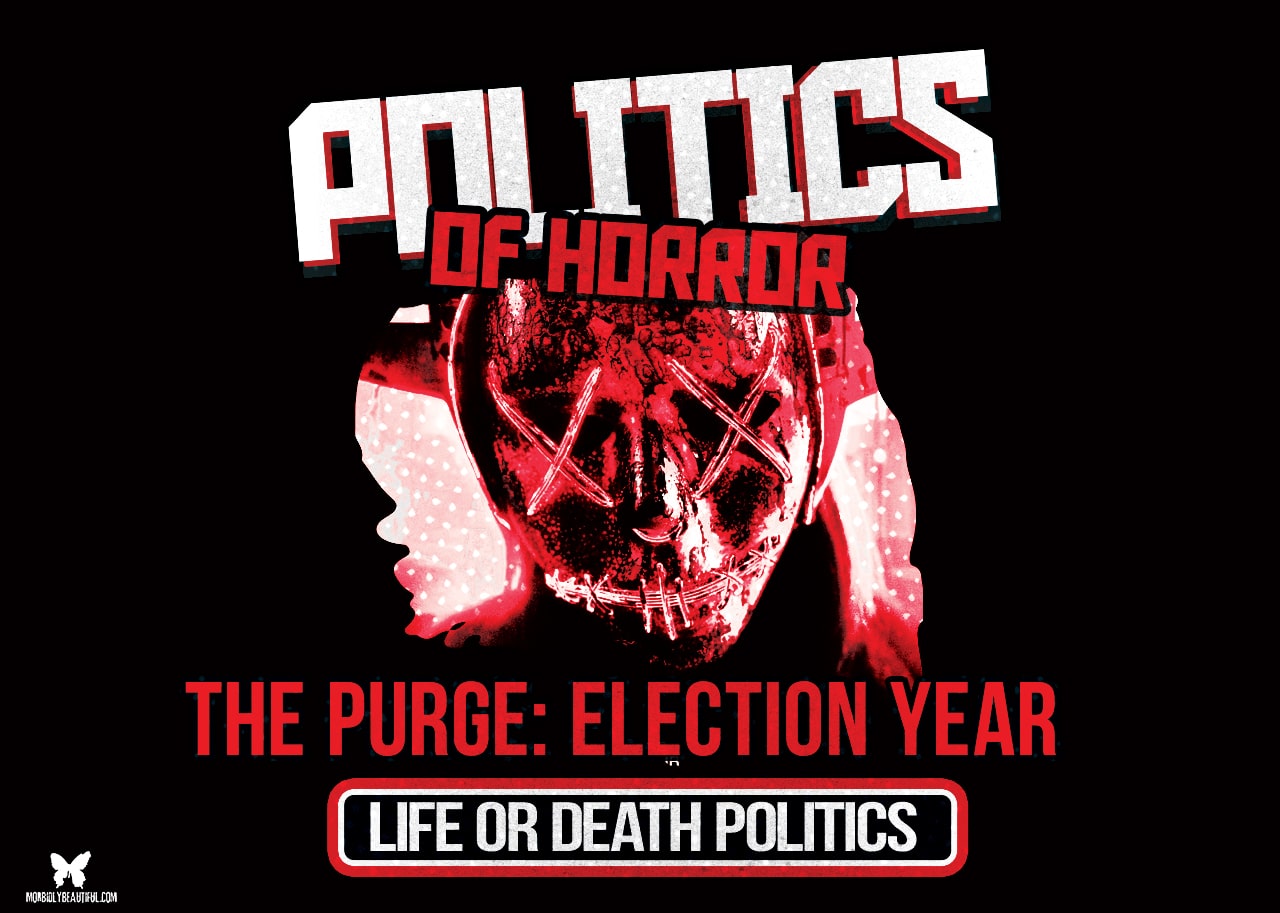
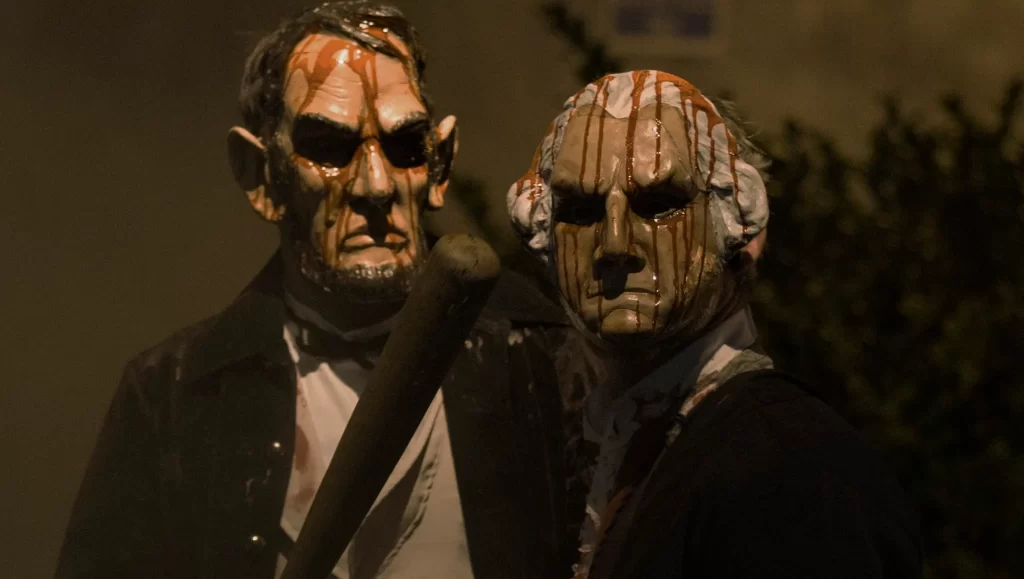
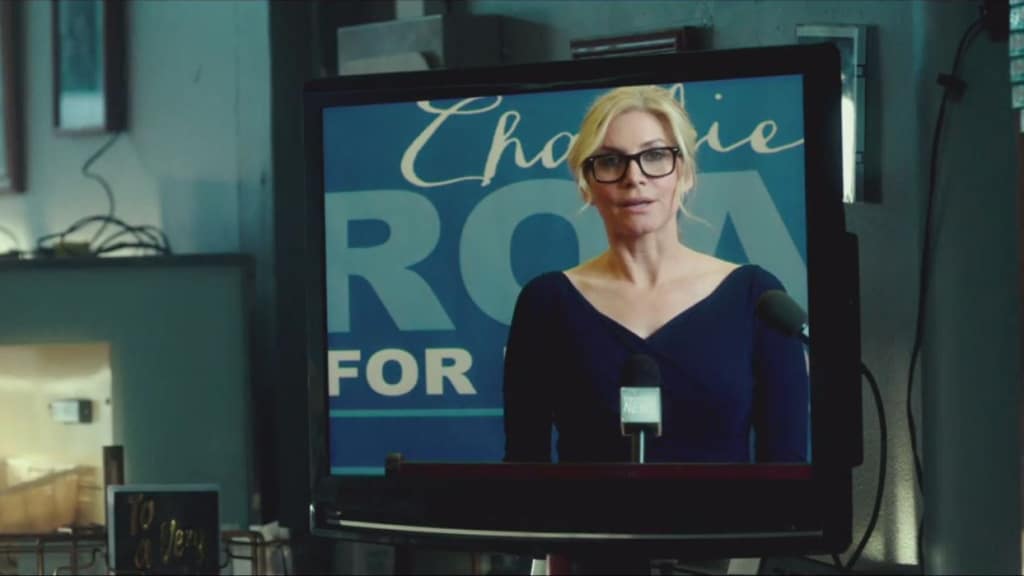
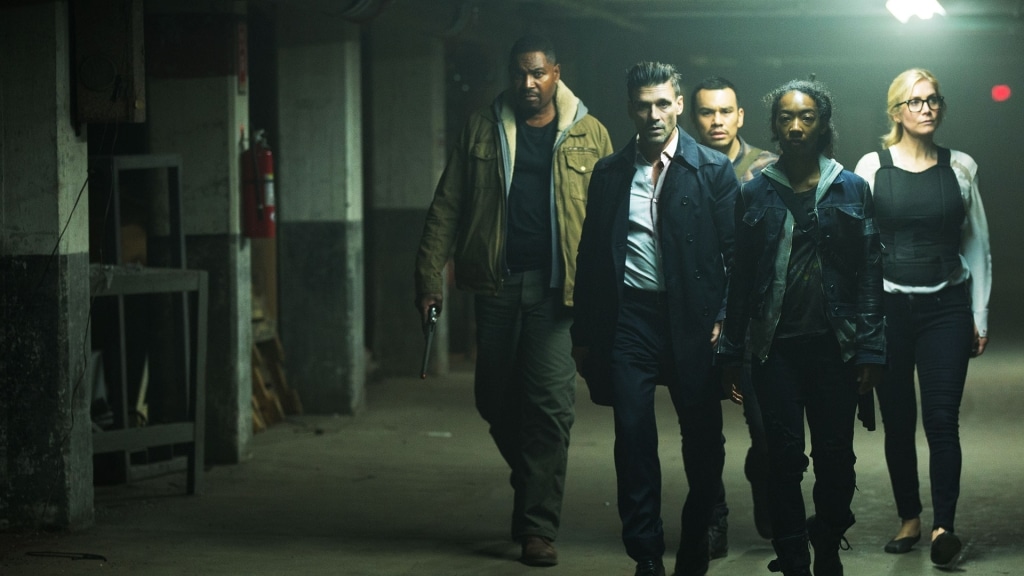
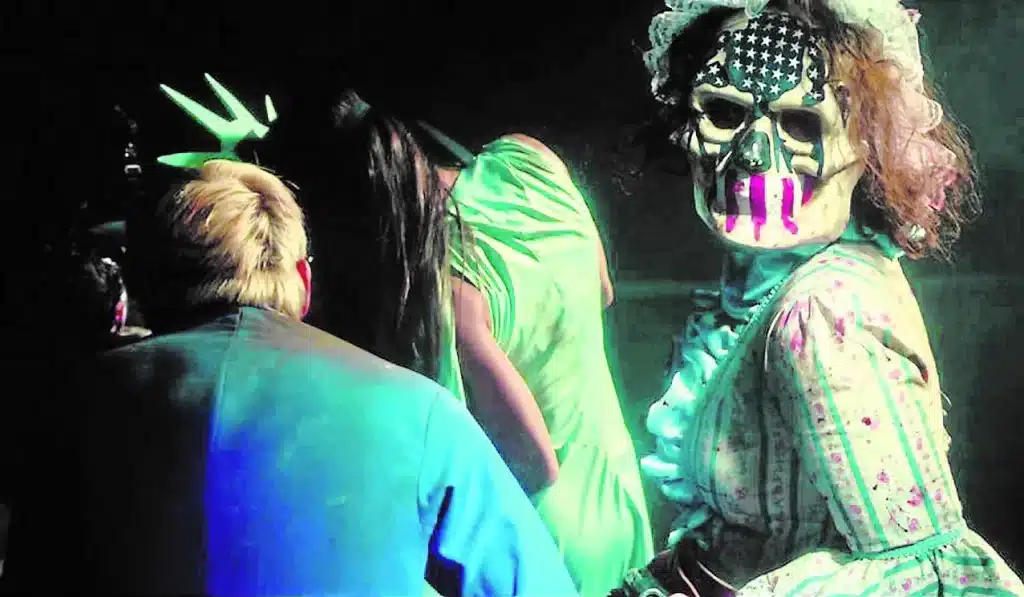
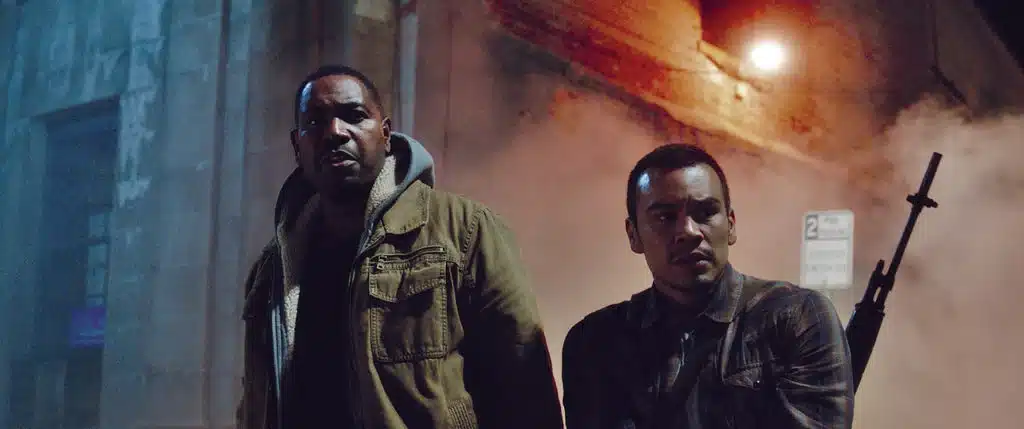

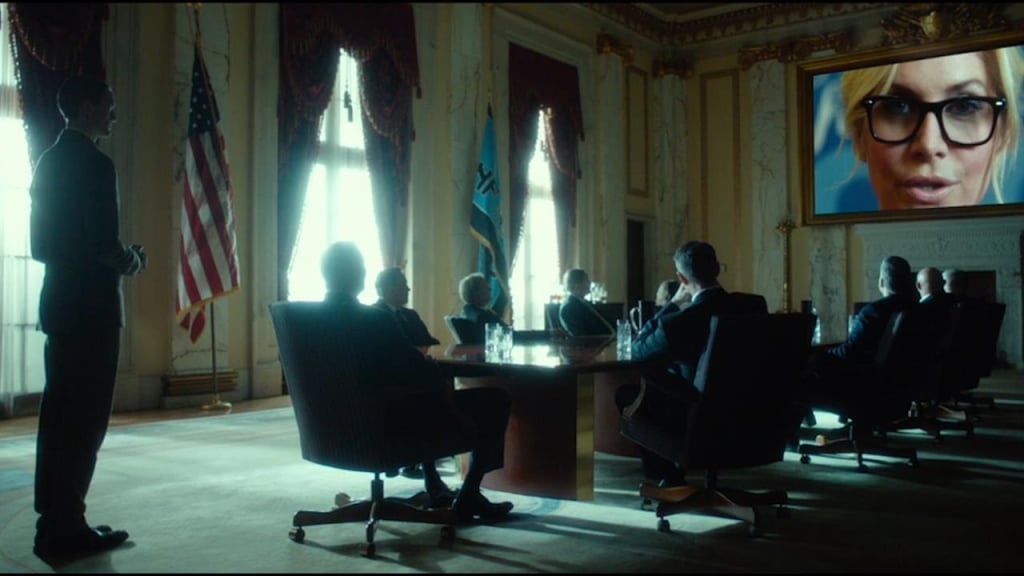

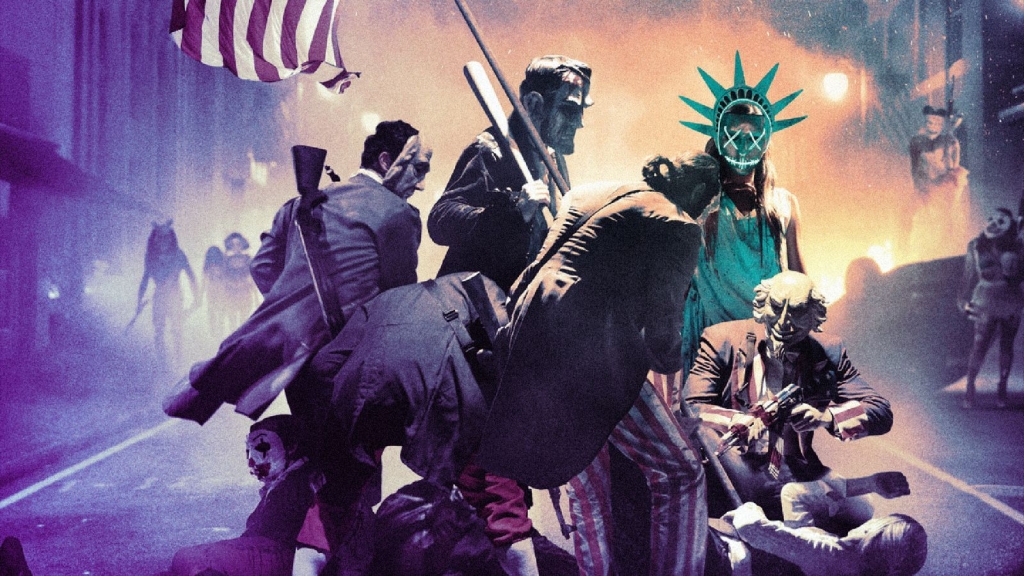
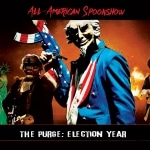

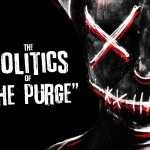
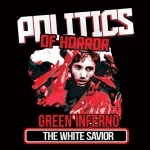








Follow Us!